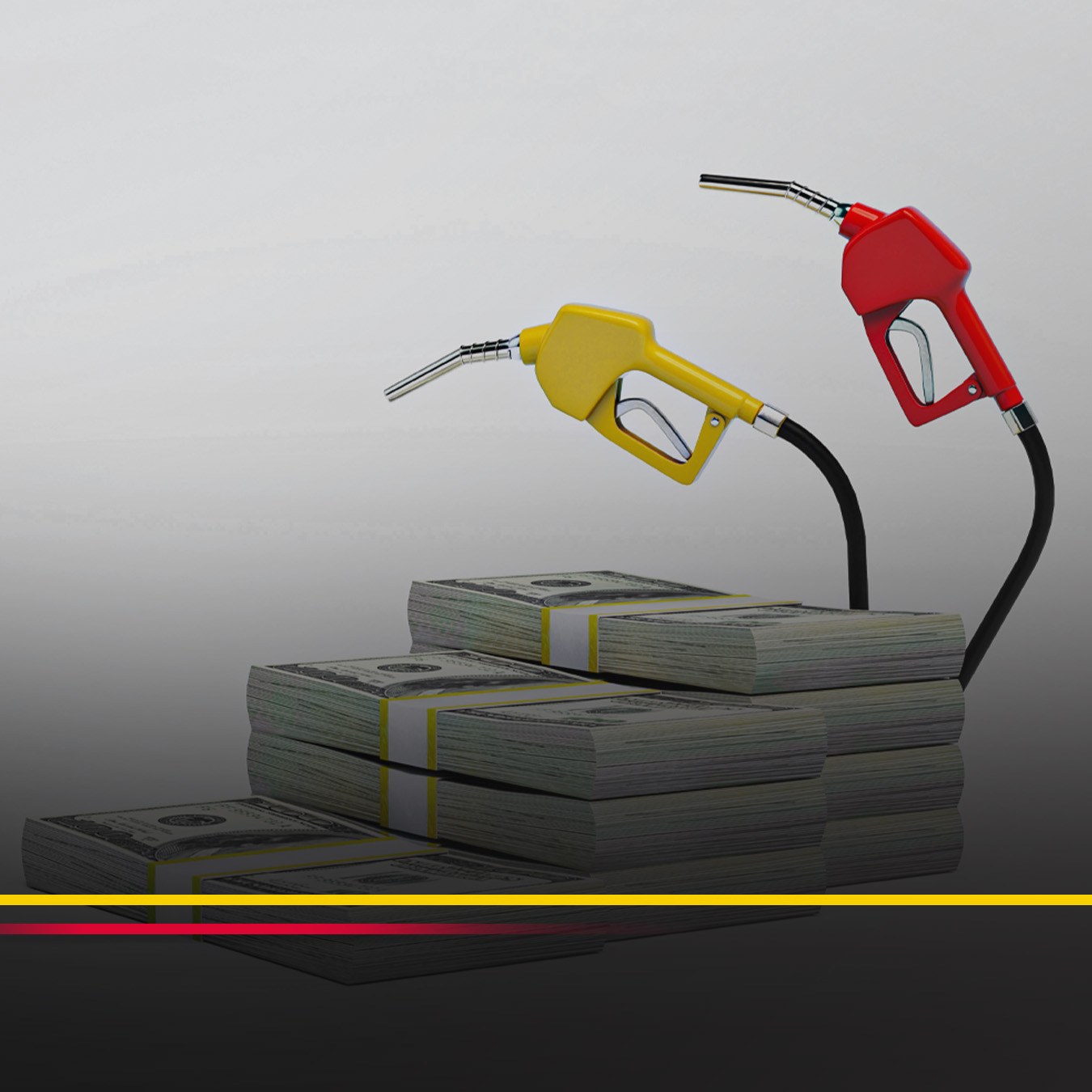Gasoline prices are complex, driven by a variety of factors at both the global and local levels. Below, we elaborate further on each contributing element:
- Crude Oil Prices
Crude oil accounts for about 50-60% of the cost of gasoline. Oil is traded on global markets, and prices fluctuate based on supply and demand. Global events, such as political unrest in major oil-producing countries, can disrupt oil supplies and cause price spikes. - Refining Costs
After extraction, crude oil undergoes refining to produce gasoline. The cost of refining varies based on factors such as the quality of crude, local regulations, and seasonal demand. For example, when demand is high during the summer months, refineries work at full capacity, increasing production costs. - Geopolitical Events
Oil is a globally traded commodity, and political events such as sanctions, wars, or natural disasters in oil-rich regions can affect the supply chain. Disruptions in key producing countries like Saudi Arabia, Russia, or Venezuela can cause global price fluctuations. Additionally, OPEC (Organization of the Petroleum Exporting Countries) decisions can impact supply and influence prices globally. - Exchange Rates
Since oil is priced in U.S. dollars, fluctuations in the value of the dollar can impact fuel prices. When the dollar weakens against other currencies, it becomes more expensive for countries to import oil, which in turn can lead to higher gasoline prices. - Supply and Demand
Local supply and demand dynamics play a key role in gasoline pricing. Seasonal variations such as summer driving, or economic factors like recessions, can cause surges or drops in demand, affecting prices. For example, gasoline prices tend to rise ahead of the summer driving season as people take vacations and demand increases. - Taxes and Regulations
Many governments impose taxes on gasoline, which can account for a large portion of the cost. The level of taxation varies significantly from country to country and can be based on environmental goals or revenue generation needs. In some regions, governments may subsidize fuel to reduce prices, while in others, such as Europe, high taxes on gasoline make up a substantial portion of the price at the pump. - Transportation and Distribution Costs
After refining, gasoline needs to be transported to local distribution points such as gas stations. The cost of transportation, whether by pipeline, truck, or ship, adds to the final price. Infrastructure disruptions, such as pipeline maintenance or shipping delays, can cause temporary price increases. - Weather Events and Natural Disasters
Hurricanes, floods, and other natural disasters can disrupt oil production and refinery operations, leading to sudden price spikes. For instance, hurricanes in the Gulf of Mexico have the potential to damage oil rigs or refineries, halting production for days or even weeks, thus impacting the global supply chain.
Conclusion
The cost of gasoline is determined by an interplay of global and local economic factors, from the price of crude oil to geopolitical influences, refining processes, and seasonal demand. Understanding these factors can help consumers and businesses make informed decisions about fuel consumption and budgeting.





Comments are closed